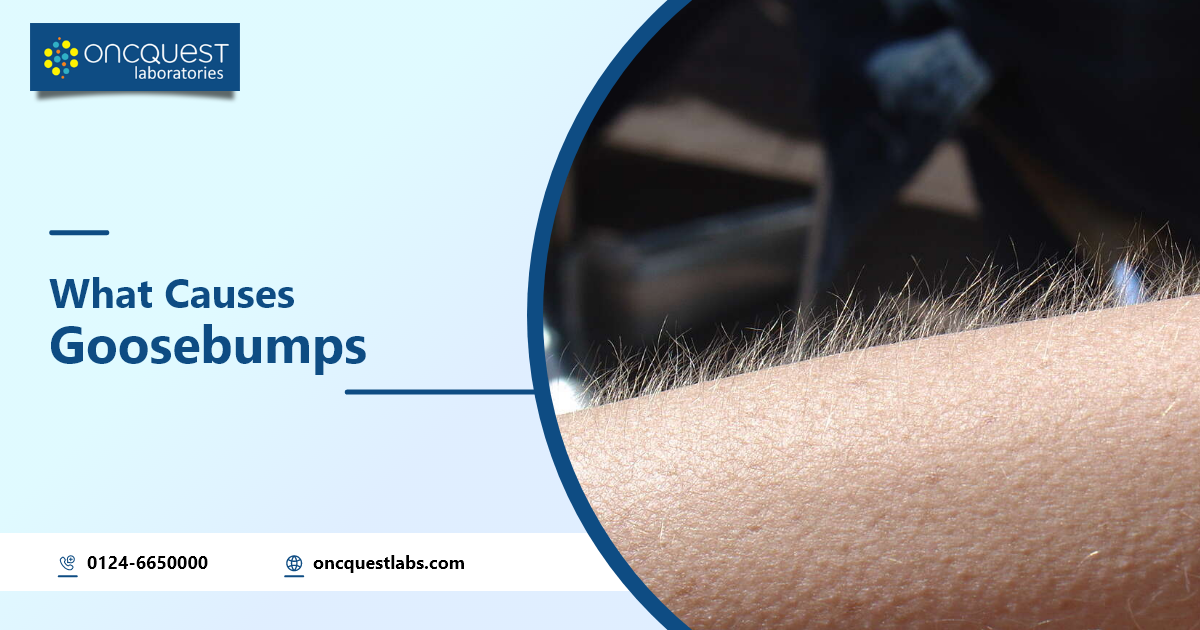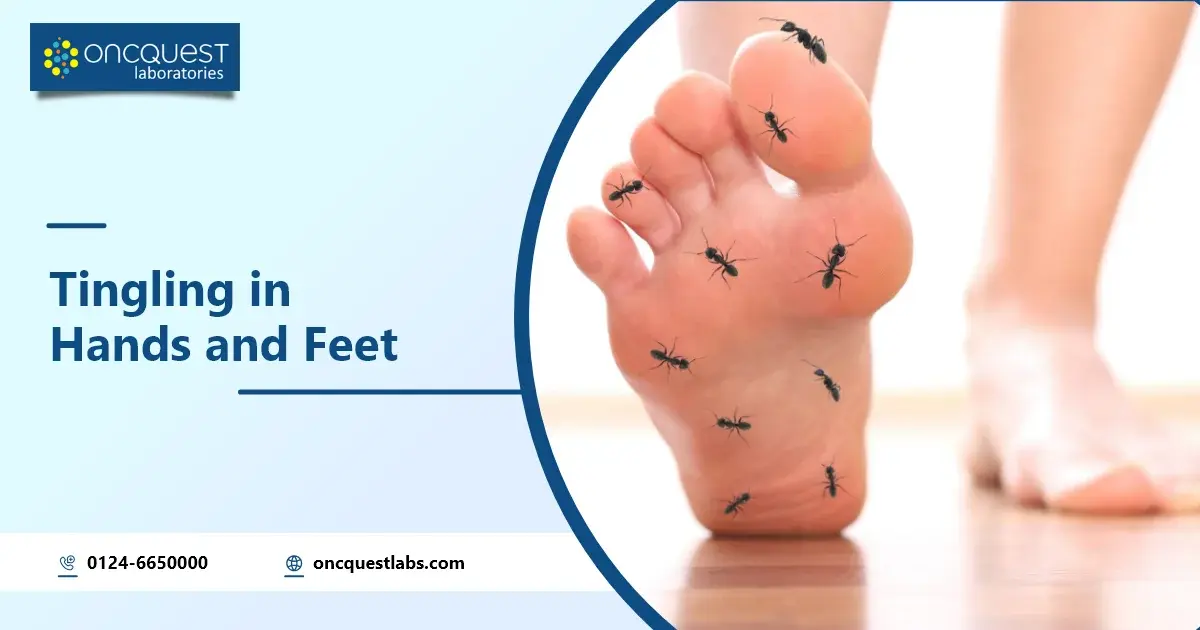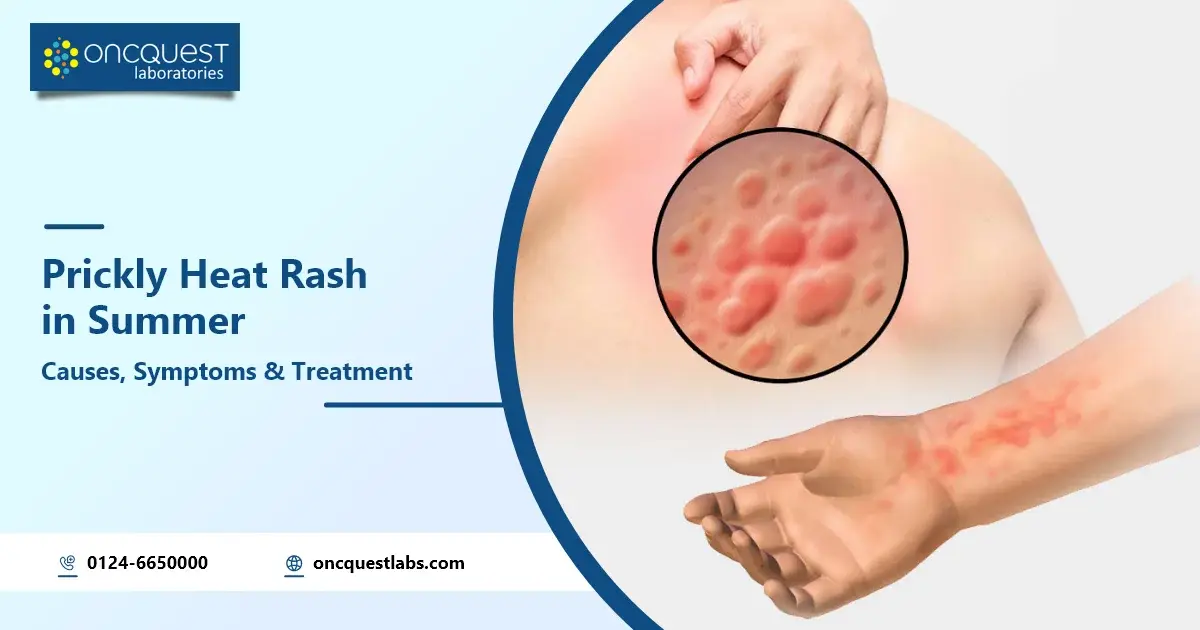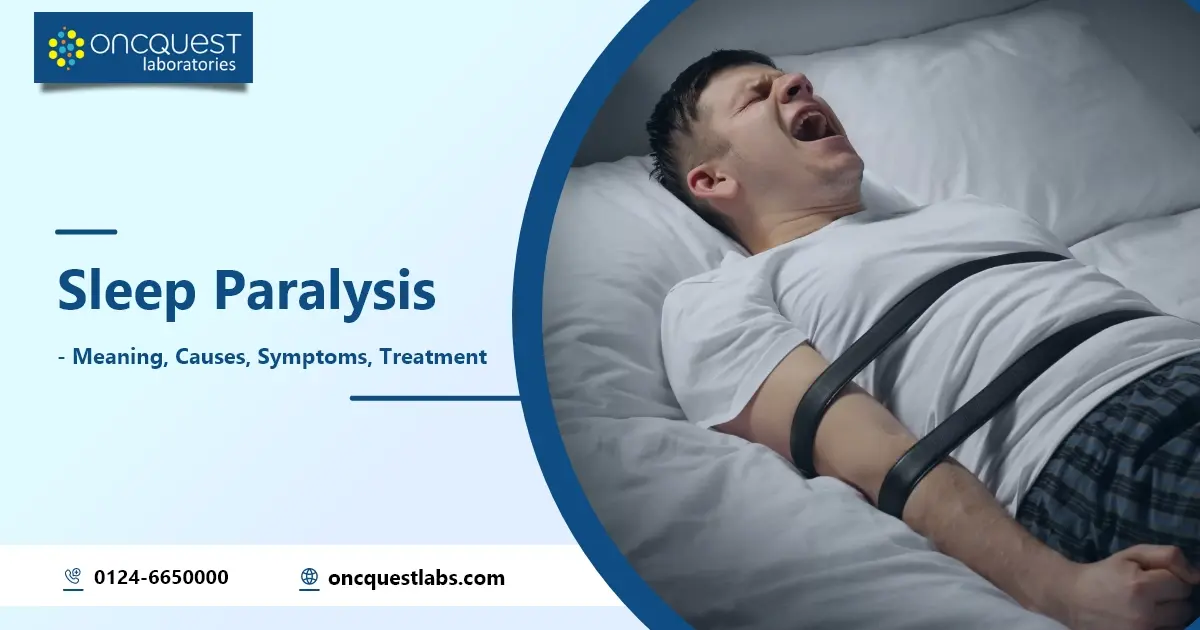Goosebumps, scientifically known as piloerection or piloerector reflex, are a peculiar physiological response that many of us have experienced at some point in our lives. They manifest as tiny raised bumps on the skin, often accompanied by a tingling sensation. This phenomenon is not unique to humans; it’s observed in various mammals, including animals with fur.
In this article, we will delve into the intriguing world of goosebumps, exploring what causes them and the underlying biological mechanisms.
Contents
The Anatomy of Goosebumps
To understand the causes of goosebumps, we first need to comprehend the anatomy of our skin. Our skin is composed of multiple layers, with the outermost layer known as the epidermis. Within the epidermis are hair follicles, each housing a hair shaft. Surrounding each hair follicle is a small muscle known as the arrector pili muscle.
The Role of Arrector Pili Muscle
The arrector pili muscle is pivotal in the formation of goosebumps. When this muscle contracts, it causes the hair follicle to stand upright, leading to the raised appearance of the skin. This is particularly noticeable in animals with fur, where it fluffs up the fur to create a layer of insulation.
The Fight or Flight Response
One of the most well-known triggers for goosebumps is the “fight or flight” response, which is a primal survival mechanism deeply ingrained in our biology. When we perceive a threat, whether real or perceived, our body undergoes a series of physiological changes to prepare us for action. This includes the release of adrenaline and noradrenaline, which leads to the contraction of the arrector pili muscles.
The Evolutionary Significance
The evolutionary roots of goosebumps trace back to our distant ancestors. In response to threatening situations, the piloerector reflex would cause their fur to stand up, making them appear larger and potentially deterring predators. While humans have significantly less body hair than our furry counterparts, remnants of this response still exist within us.
Emotional Triggers
Interestingly, goosebumps are not solely linked to physical threats. They can also be elicited by strong emotions, such as fear, excitement, or awe. This emotional aspect of the response highlights the deep connection between our physical and emotional experiences.
The Role of Music and Art
Many of us have experienced goosebumps while listening to music or viewing a powerful piece of art. This phenomenon is known as “aesthetic chills” or “musical frisson.” Studies have shown that experiencing goosebumps in response to art or music is associated with increased activity in the brain’s reward and pleasure centers.
The Influence of Temperature
While the fight or flight response and emotional triggers play significant roles in the occurrence of goosebumps, temperature also plays a crucial part. When we are exposed to cold, the body’s natural response is to generate heat. One way it accomplishes this is by contracting the arrector pili muscles, causing goosebumps. This action helps to trap a layer of air close to the skin, providing additional insulation.
Goosebumps in Medical Conditions
In some cases, the occurrence of goosebumps can be indicative of an underlying medical condition. For example, disorders of the nervous system or certain autoimmune diseases can lead to abnormal piloerection. Additionally, certain medications or substances may trigger goosebumps as a side effect.
The Neurochemistry of Goosebumps
To delve even deeper into the phenomenon of goosebumps, we must explore the intricate neurochemistry that underlies this response. At the heart of this process are neurotransmitters, chemical messengers that transmit signals in the nervous system.
Neurotransmitters and the Piloerector Reflex
When a stimulus triggers the piloerector reflex, it initiates a cascade of events in the nervous system. The release of neurotransmitters such as acetylcholine and norepinephrine plays a pivotal role in this process. Acetylcholine stimulates the arrector pili muscles to contract, causing the hair follicle to stand upright. Norepinephrine, on the other hand, acts as a powerful neurotransmitter that prepares the body for action, intensifying the piloerector reflex.
The Brain’s Role
The brain plays a crucial role in orchestrating the piloerector reflex. It receives and processes sensory information from various parts of the body, including the skin. When a threat or strong emotional stimulus is perceived, the brain sends signals to the appropriate muscles, initiating the contraction of the arrector pili muscle.
The Connection to the Autonomic Nervous System
The autonomic nervous system, which governs involuntary bodily functions, is intimately involved in the piloerector reflex. Specifically, the sympathetic nervous system, often referred to as the “fight or flight” system, is activated in response to a perceived threat. This system releases adrenaline, priming the body for action and triggering the piloerector reflex as part of this preparation.
Variability in Goosebump Responses
It’s worth noting that individuals may exhibit varying degrees of sensitivity to triggers that induce goosebumps. Factors such as genetics, hormonal balance, and individual thresholds for emotional or physical stimuli can all contribute to these variations. Some people may be more prone to experiencing goosebumps in response to certain stimuli, while others may require a more intense or specific trigger.
Clinical Implications
Understanding the neurochemistry behind goosebumps has potential clinical implications. For instance, disorders affecting neurotransmitter function or the autonomic nervous system could lead to irregularities in the piloerector reflex. By studying these mechanisms, researchers may uncover insights into conditions related to the nervous system and develop more effective treatments.
Goosebumps and Emotional Well-being
The link between emotional experiences and the piloerector reflex sheds light on the complex relationship between our mental and physical states. The fact that powerful emotions can induce goosebumps underscores the profound impact our feelings have on our bodies. This connection is an area of interest for researchers exploring the mind-body connection and its implications for mental health.
Conclusion: Goosebumps as a Window into Human Physiology
In summary, goosebumps are a remarkable physiological response rooted in our evolutionary history. They serve as a testament to the intricate ways in which our bodies are finely tuned to adapt to various stimuli, whether they be threats or emotionally charged experiences. Understanding the mechanisms behind goosebumps not only provides insights into our biological makeup but also offers a glimpse into the deep interplay between our physical and emotional selves.
As we continue to unravel the mysteries of the human body, goosebumps remain a captivating subject, reminding us of the ancient threads that connect us to our ancestors and the intricate dance of biology that shapes our experiences.





